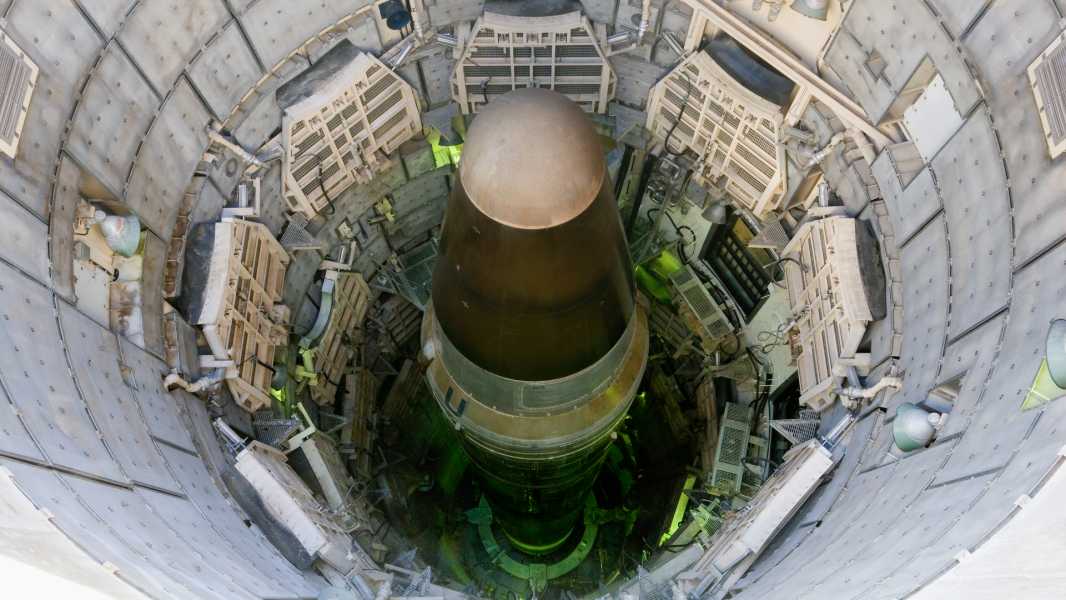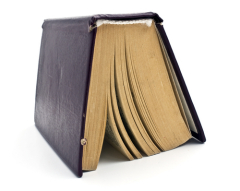
An American Titan nuclear missile (Photo courtesy of Michael Dunning via Getty Images)
An FBI operation at former President Donald Trump's residence was aimed in part at finding documents related to nuclear weapons, The Washington Post reported on Thursday (August 11), sparking speculation in the media and on social media about whether Trump may have improperly stored the nuclear codes.
The anonymous sources cited by the Post did not disclose what specific “nuclear documents” the FBI was looking for during the search of Trump’s Mar-a-Lago estate in Florida, and the FBI did not specify what documents were found. According to the Post, documents containing information about the U.S. nuclear program or another country’s nuclear capabilities could pose a risk to international security. For example, another country might perceive the leak of its nuclear secrets as a threat.
In this context, the nuclear codes may be one of the least alarming finds for the FBI. Even if Trump were to hold the nuclear codes, they could not be used to authorize an attack at this point in time, since the codes are frequently updated. So what are the nuclear codes, where are they stored, and how does the process of launching a nuclear attack work?
A nuclear launch requires two sets of codes: one that is used by launch crews to activate and launch the nuclear weapon, and one that is used by the president to authorize such an attack. According to the Brookings Institution, the president does not have access to the first set; it is kept at military bases and the Pentagon.
The codes in the commander-in-chief’s possession are also known as Gold Codes. They identify the president and confirm his authority to order a nuclear attack. The codes are printed on a Cookie, a credit-card-sized plastic card. If the president decides to authorize an attack, a senior military official reads aloud a “call code,” which can consist of several letters of the military alphabet, Bloomberg reports. The president consults the Cookie, finds a code that begins with those letters, and recites the rest of the code.
The cookies are part of a kit commonly called the Football or Nuclear Football, but officially called the president's “emergency kit.” The kit also contains what's known as the Black Book, which lists the president's options in the event of a strike—destroy everything, or target just one or two cities?—and other emergency procedures. The briefcase is always carried by an aide stationed at the president's side.
The football came into existence during the Kennedy administration, according to Smithsonian Magazine, and was first photographed in May 1963 following the president. It has occasionally become separated from the commander in chief. For example, after an assassination attempt on President Ronald Reagan, he was rushed to the hospital and separated from an aide carrying the football. Reagan’s cookie also ended up in the pocket of his clothing, which was cut off to prepare the president for emergency surgery, according to a 1981 report in The Washington Post. The card eventually ended up in the hands of the FBI. In 2010, Hugh Shelton, chairman of the Joint Chiefs of Staff during the Clinton administration, revealed that President Bill Clinton lost his cookie for several months in 2000, a potentially serious setback that went unreported until it was time to change the codes (which reportedly happened every four months at the time).
If the president were to find himself without Cookie in a nuclear emergency, the responsibility for launching a nuclear attack would fall to the next-in-command, the vice president, who has backup identification codes and a backup Football, The Atlantic reported in 2010. This chain of command was designed to function in the event of the commander in chief being killed or incapacitated, but it would likely lead to delays and bureaucratic chaos if the president were healthy but officially unidentified, according to The Atlantic.
Sourse: www.livescience.com





